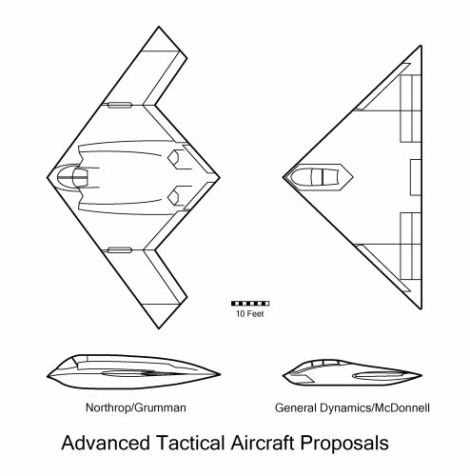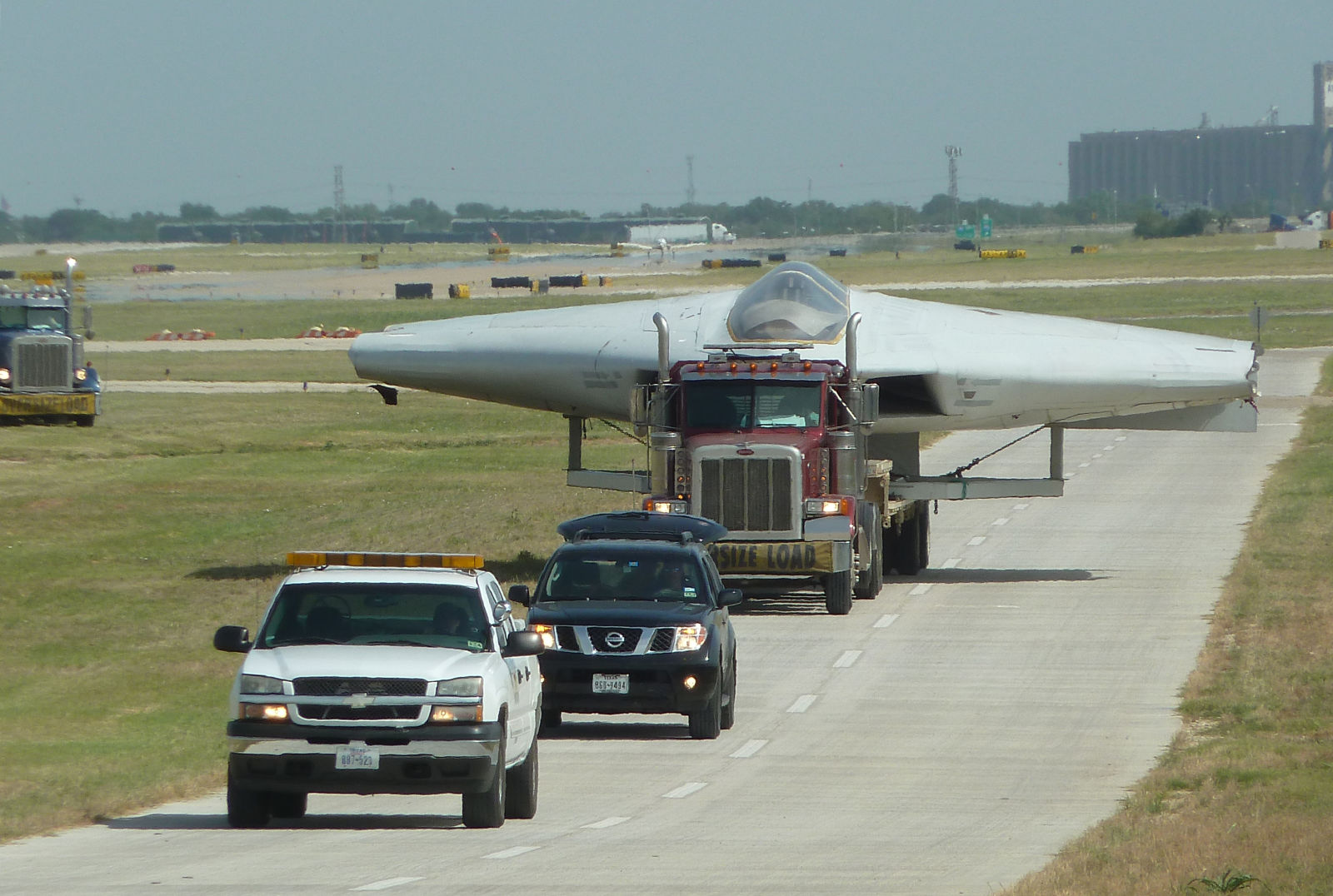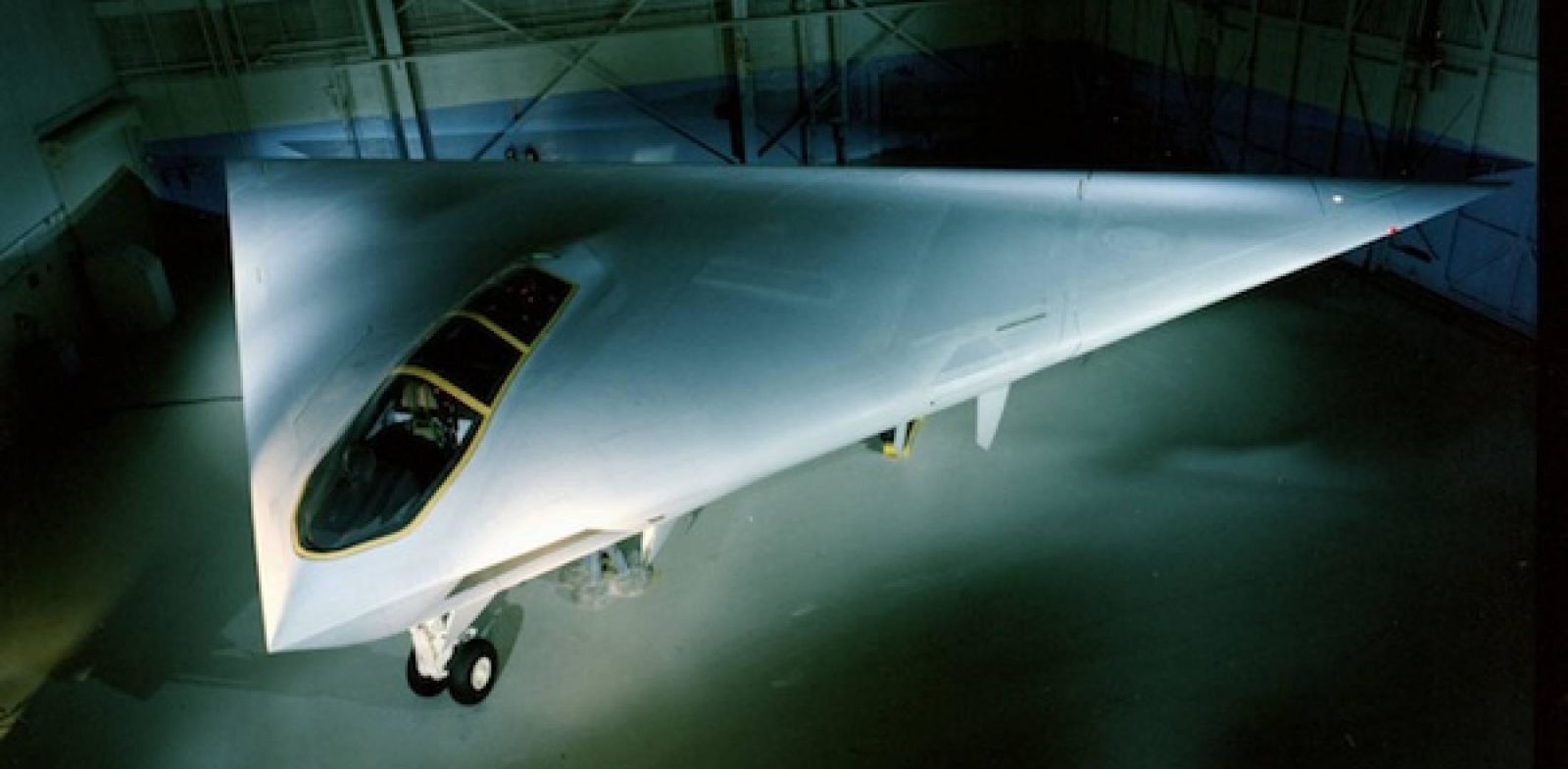
In 1983, the US Navy opened the Advanced Tactical Aircraft competition to develop a replacement for the A-6 Intruder. The new airplane would incorporate the latest in low-observable/stealth technology, and would be armed with precision guided munitions, possibly including nuclear weapons. Two teams provided concepts, McDonnell Douglas and General Dynamics advanced a triangularly shaped airplane with tandem seating, while the proposal from Northrop/Grumman/Vought was very much a miniaturized B-2 and featured side-by-side seating.
The McDonnel Douglas/GD design was selected as the winner by default, as the Northrop/Grumman/Vought team did not submit a final proposal. The aircraft was designated the A-12, and christened the Avenger II in homage to the Grumman TBF Avenger. The first flight was expected by December of 1990. Navy orders were expected to be around 600 airframes, with the USMC ordering 238. The USAF was briefly interested in ordering 400 land-based derivatives to replace its F-111 Aardvarks, though they later dropped out
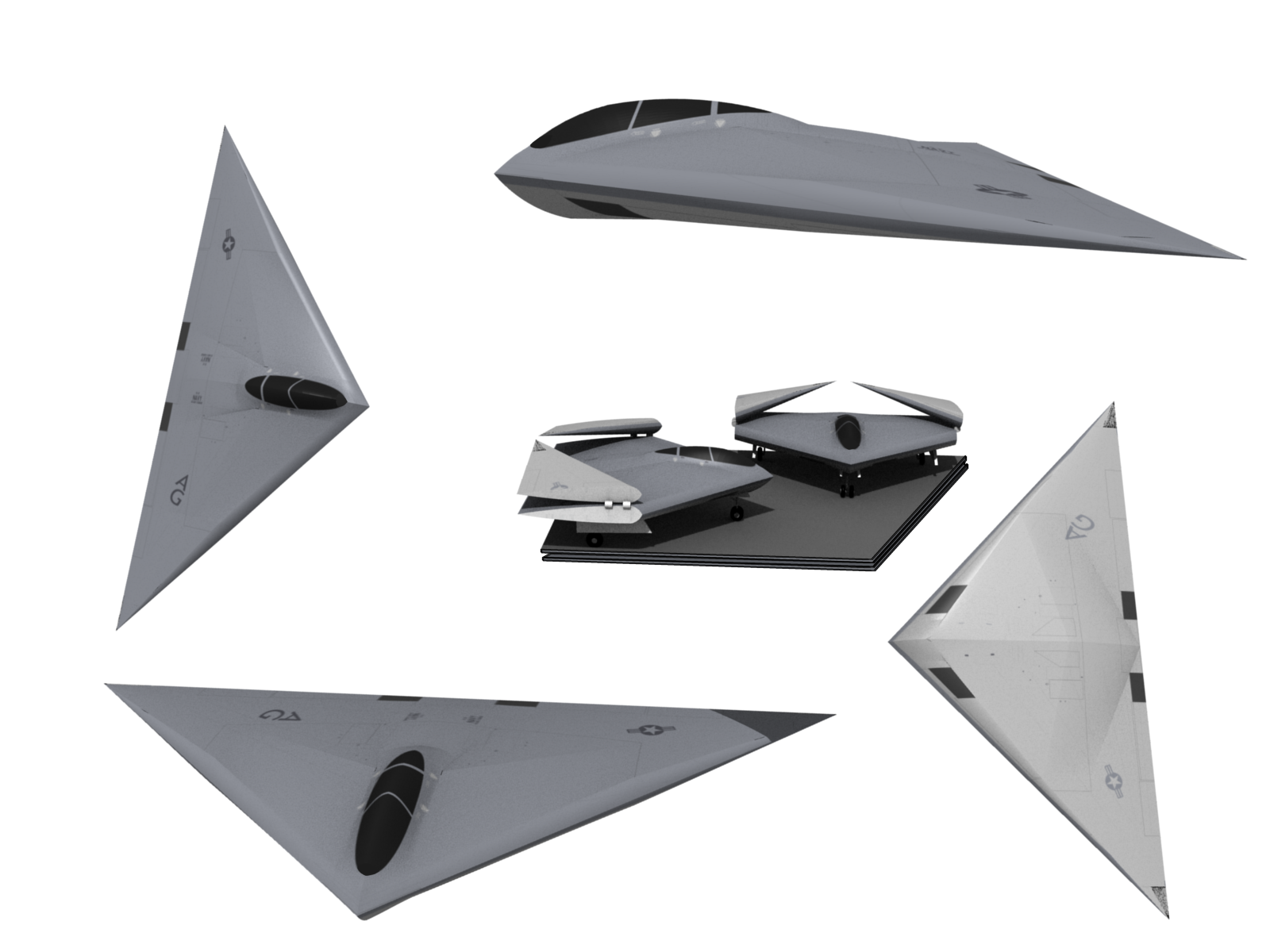
The A-12, quickly nicknamed the “Flying Dorito” or just “Dorito”, would have been 37ft long, with a wingspan of 70ft and a folded width of 36ft. The airplane would have weighed 80,000lbs fully loaded, with two GE F412 engines providing a high subsonic speed.
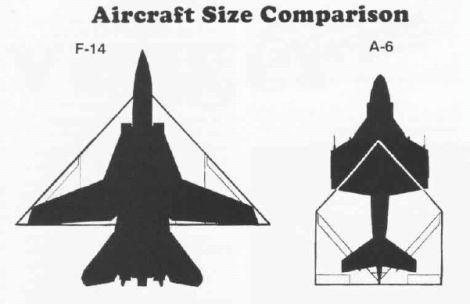
Armaments were planned to be carried in an internal weapons bay, and would have included 5,160lbs of a mix of AIM-120 AMRAAMs, AGM-88 HARM anti-radiation missiles, and then-current USN/USMC guided and unguided bombs.
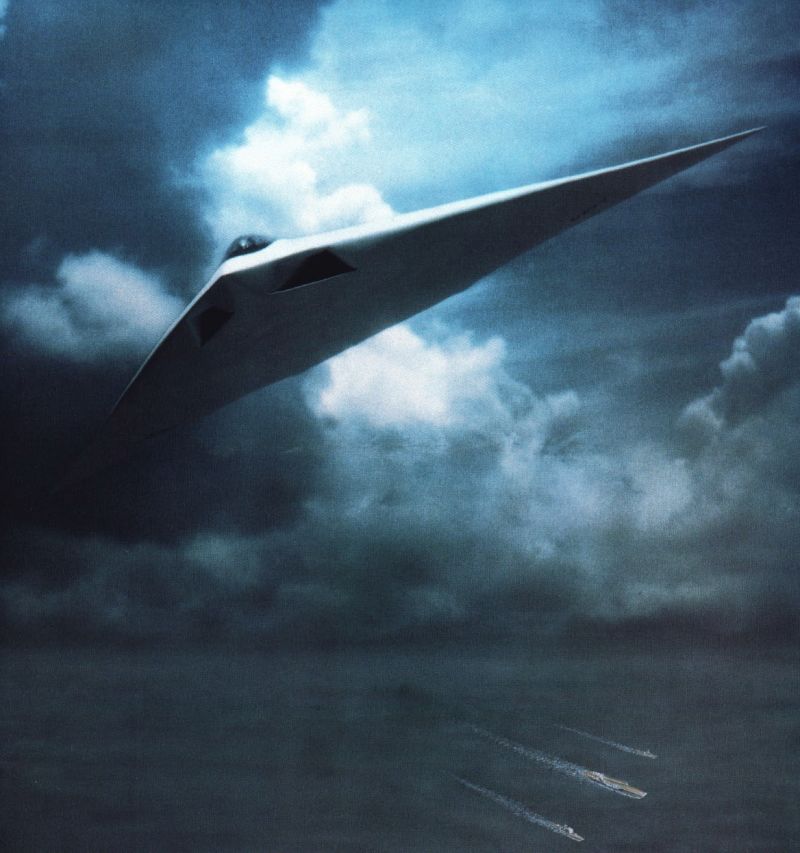
McDonnell Douglas and GD soon encountered issues however, as the complicated radar system and difficulties fabricating the composite airframe led to mounting delays and increasing weight. A critical design review was successfully completed in October of 1990, and the first flight was rescheduled for 1992. At this time the Navy was still planning for 14 carriers to carry 20 A-12s each.
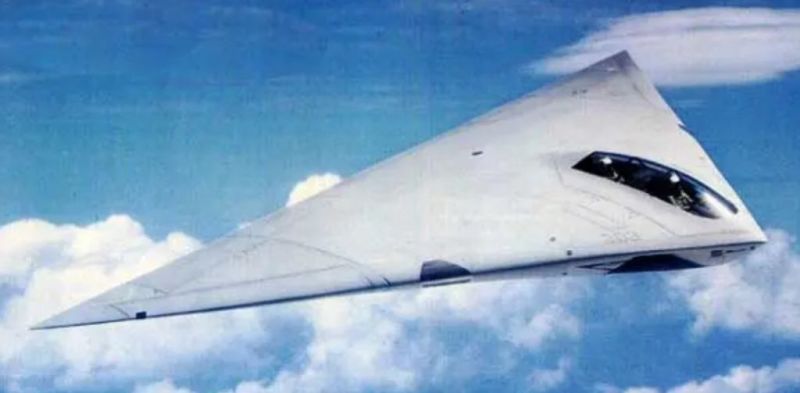
An artist’s impression of the McDonnell Douglas/General Dynamics A-12 Avenger II aircraft.
The issue came to a head in December 1990 when then-Secretary of Defence Richard Cheney called on the Navy to justify the A-12 and provide reasons why it should not be canceled. The response from the Navy and McDonnell Douglas/General Dynamics proved to not be persuasive, and the program was terminated on 7 January 1991.
“The A-12 I did terminate. It was not an easy decision to make because it’s an important requirement that we’re trying to fulfill. But no one could tell me how much the program was going to cost, even just through the full scale development phase, or when it would be available. And data that had been presented at one point a few months ago turned out to be invalid and inaccurate.”
-Secretary of Defense Dick Cheney, 1991.
The government accused both contractors of being in breach of contract, and demanded repayment of the $2 billion dollars spent on the A-12 by that point. Both companies strongly rejected the accusation, and began a series of lawsuits and counter-suits that lasted until 2014, with the successors of both companies being ordered to pay $1.35 billion, plus interest amounting to $1.45 billion.
Neither McDonnell Douglas nor General Dynamics aircraft division survived the debacle, with GD selling its Fort Worth aircraft division to Lockheed in 1993, and MD merging with Boeing in 1997.
The loss of the A-12 program resulted in the USN and USMC having to rely on older A-6 and A-7 aircraft longer than planned, with the latter retiring in 1991, and the former in 1997. Precision strike was then passed on to the F-14, which had since been modified with a LANTIRN pod, until the F/A-18E/F Super Hornet joined the fleet in 1999.
The A-12 Avenger II mockup, the only physical portion of the program to survive, was eventually unveiled in 1996, and in 2014 it was transferred to the Fort Worth Aviation Museum for restoration and eventual display.
